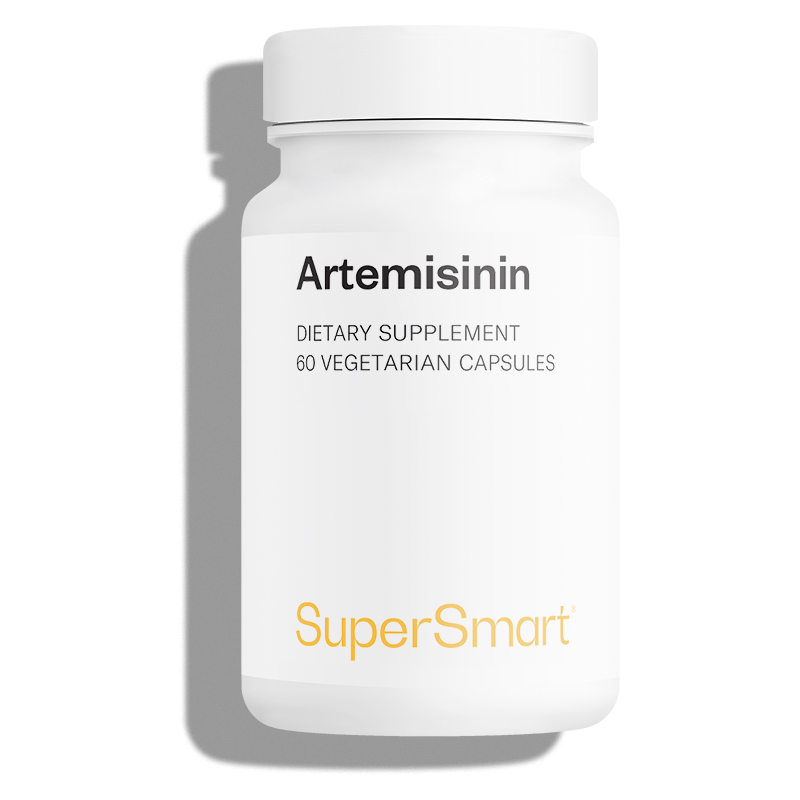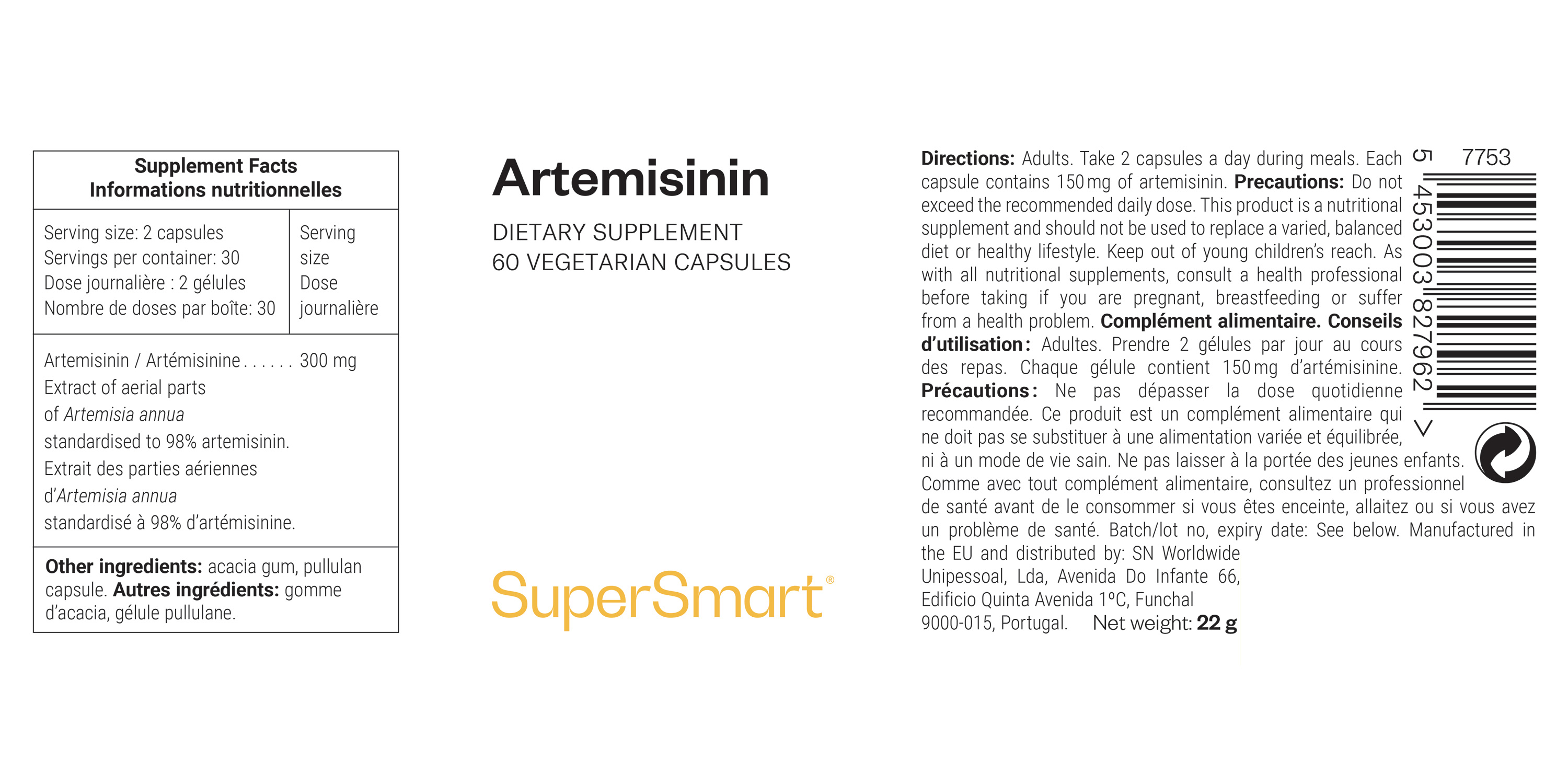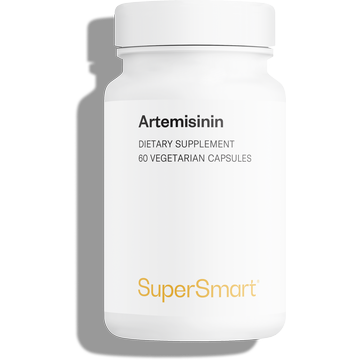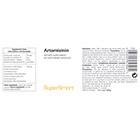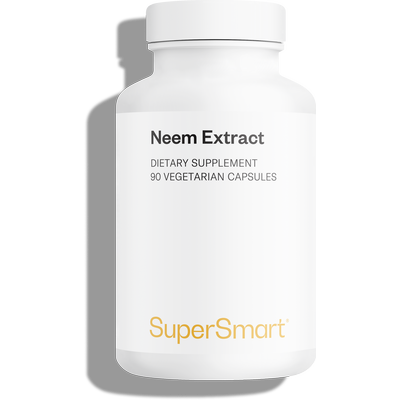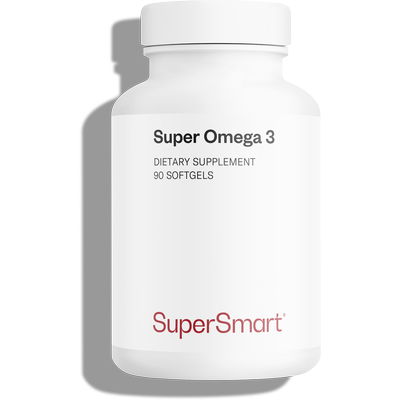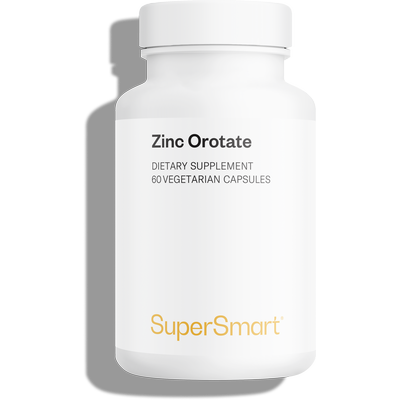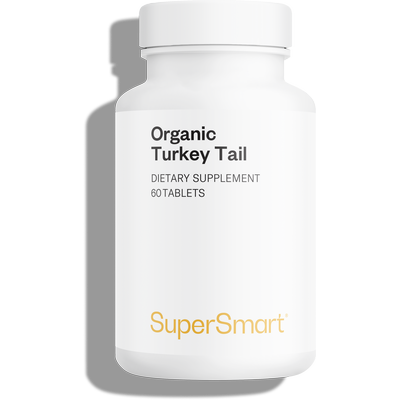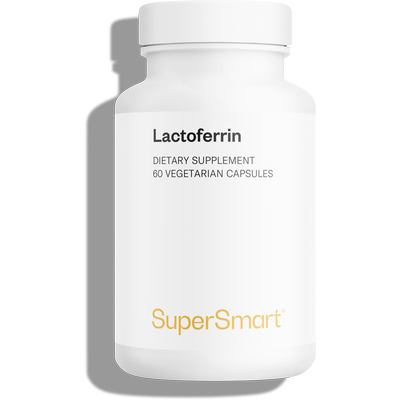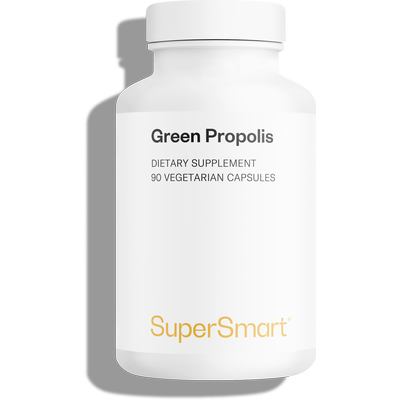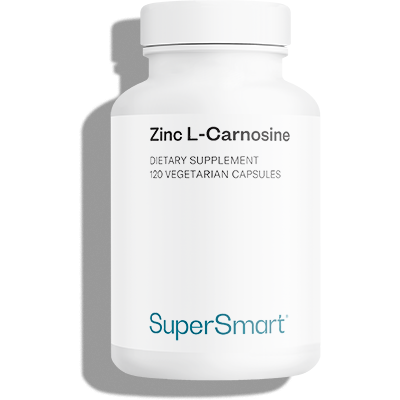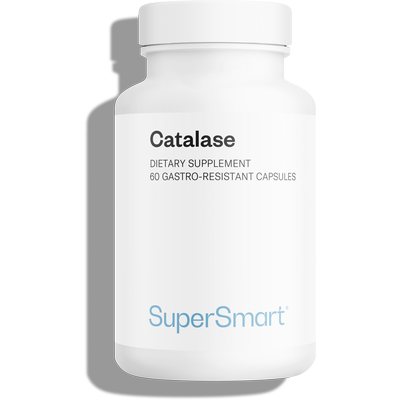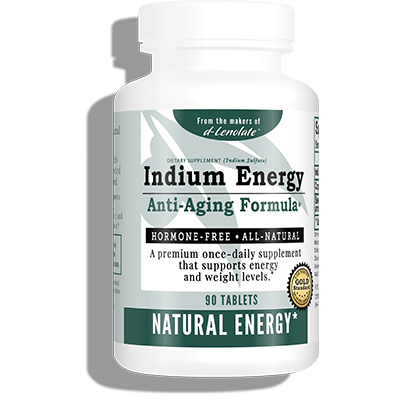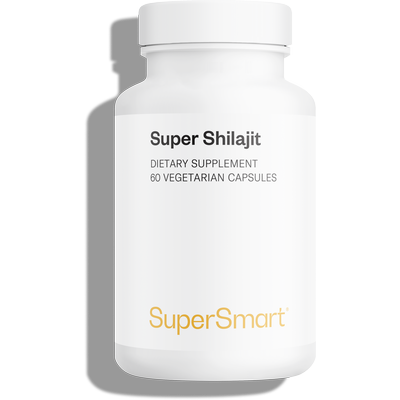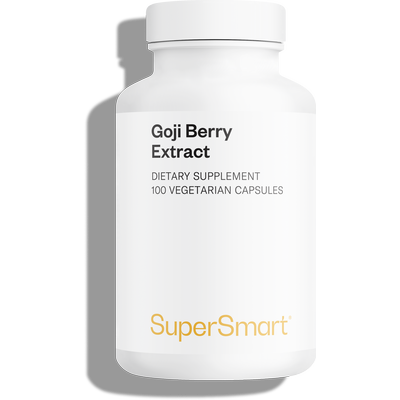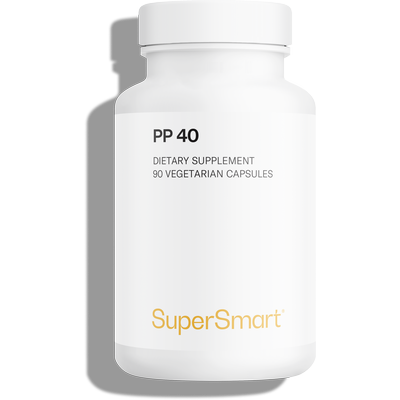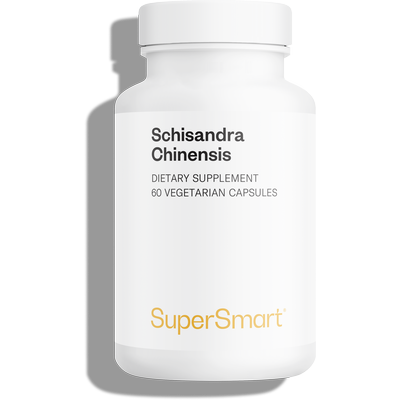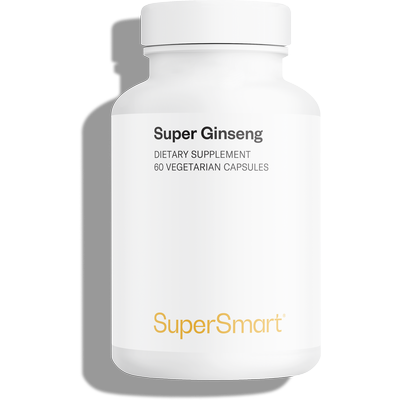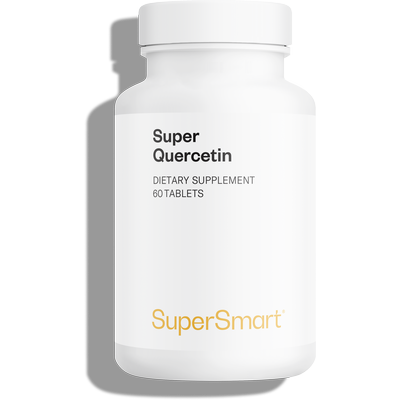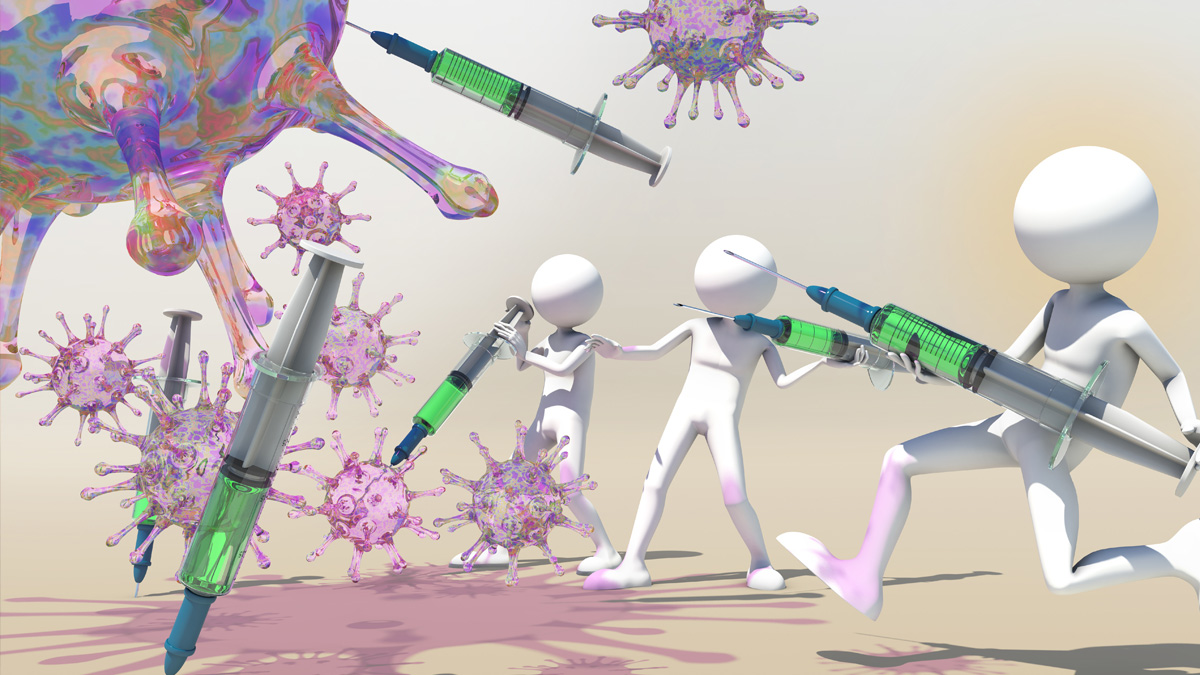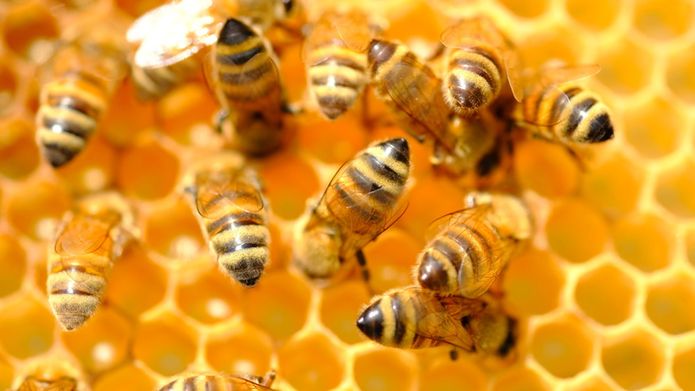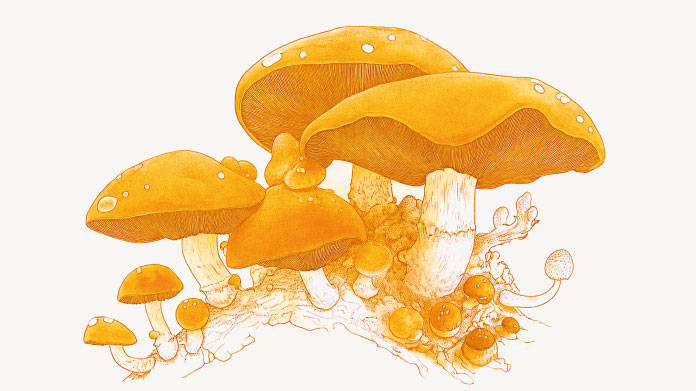A artemisinina é um suplemento alimentar de alta qualidade. Este produto natural é essencialmente composto por artemisinina, uma substância cuja descoberta foi premiada por um Prémio Nobel da Medicina.
A artemisinina é de facto derivada da planta Artemisia annua, ou absinto doce, uma planta herbácea que tem sido utilizada há vários milhares de anos na medicina tradicional chinesa.
Madeira de minhoca e artemisina anuais: o que são?
Uma planta crucial da farmacopeia asiática
A mugwort anual, alias Artemisia annua em latim ou qing hao em chinês, é uma planta glabra e muito aromática, pertencente à grande família Asteraceae. Nativa da Ásia (antes de se desenvolver na Europa e África), tem sido uma componente importante da herbologia chinesa há mais de 2.000 anos. Era tradicionalmente consumido sob a forma de uma decocção.
A descoberta da artemisinina é recompensada com um Prémio Nobel
Março de 1972: o professor chinês Tu Youyou, inspirado na medicina tradicional do Reino do Meio, trouxe de volta as propriedades da Artemisia annua para a frente e conseguiu isolar uma substância interessante da planta: a artemisinina. (1-3) Esta descoberta valeu a Tu You Youyou o Prémio Nobel da Medicina em 2015.
Como é esta sesquiterpeno lactona chamada artemisinina?
Vejamos a natureza da artemisinina. Esta molécula é na realidade uma sesquiterpeno lactona com um grupo funcional com dois átomos de oxigénio. Ambos estão ligados por uma ponte de peróxido. (4-13)
Quais são os componentes do suplemento nutricional Artemisinin?
O suplemento nutricional Artemisinin é constituído apenas por ingredientes naturais.
A sua componente principal, artemisinina, é recolhida das partes aéreas da planta anual de absinto. Esta planta, também conhecida como absinto doce, era regularmente utilizada no mundo da medicina tradicional chinesa, mas também era muito valorizada na Europa, desde a antiguidade. No produto que estamos a apresentar, o extracto de artemisinina é padronizado para 98% (14-26).
Esta substância é suplementada e estabilizada por goma de acácia (um exsudado de seiva colhida da árvore africana Acacia senegalensis) e farinha branca de arroz.
Dose diária: 2 cápsulas
Número de doses por caixa: 30 |
Quantidade
por dose |
| Artemisinina (extraída das partes aéreas de Artemisia annua normalizado a 98% de artemisinina) |
300 mg |
| Outros ingredientes: goma de acácia. |
Cada cápsula fornece 150 mg de artemisinina
Adultos. Tomar 2 cápsulas por dia.
- Zyad A, Tilaoui M, Jaafari A, Oukerrou MA, Mouse HA. More insights into the pharmacological effects of artemisinin. Phytother Res. 2018;32(2):216–229.
- Niyi Awofeso, « Project 523: transformation of Artemisinin from traditional Chinese medicine to mainstream anti-malaria chemotherapy », Spatula DD, vol. 1, no 2, 2011, p. 115.
- Tu Y. Artemisinin-A Gift from Traditional Chinese Medicine to the World (Nobel Lecture). Angew Chem Int Ed Engl. 2016;55(35):10210–10226.
- Lai H, Sasaki T, Singh NP, Messay A. Effects of artemisinin-tagged holotransferrin on cancer cells. Life Sci. 2005;76(11):1267–1279.
- Saeed MEM, Krishna S, Greten HJ, Kremsner PG, Efferth T. Antischistosomal activity of artemisinin derivatives in vivo and in patients. Pharmacol Res. 2016;110:216–226.
- Lam NS, Long X, Su XZ, Lu F. Artemisinin and its derivatives in treating helminthic infections beyond schistosomiasis. Pharmacol Res. 2018;133:77–100.
- Loo CS, Lam NS, Yu D, Su XZ, Lu F. Artemisinin and its derivatives in treating protozoan infections beyond malaria. Pharmacol Res. 2017;117:192–217.
- Feng J, Weitner M, Shi W, Zhang S, Sullivan D, Zhang Y. Identification of Additional Anti-Persister Activity against Borrelia burgdorferi from an FDA Drug Library. Antibiotics (Basel). 2015;4(3):397–410. Published 2015 Sep 16.
- Feng J, Shi W, Zhang S, Sullivan D, Auwaerter PG, Zhang Y. A Drug Combination Screen Identifies Drugs Active against Amoxicillin-Induced Round Bodies of In Vitro Borrelia burgdorferi Persisters from an FDA Drug Library. Front Microbiol. 2016;7:743. Published 2016 May 23.
- Patel YS, Mistry N, Mehra S. Repurposing artemisinin as an anti-mycobacterial agent in synergy with rifampicin. Tuberculosis (Edinb). 2019;115:146–153.
- Efferth T. Beyond malaria: The inhibition of viruses by artemisinin-type compounds. Biotechnol Adv. 2018;36(6):1730–1737.
- Bhaw-Luximon A, Jhurry D. Artemisinin and its derivatives in cancer therapy: status of progress, mechanism of action, and future perspectives. Cancer Chemother Pharmacol. 2017;79(3):451–466.
- Zyad A, Tilaoui M, Jaafari A, Oukerrou MA, Mouse HA. More insights into the pharmacological effects of artemisinin. Phytother Res. 2018;32(2):216–229.
- Kumari K, Keshari S, Sengupta D, Sabat SC, Mishra SK. Transcriptome analysis of genes associated with breast cancer cell motility in response to Artemisinin treatment. BMC Cancer. 2017;17(1):858. Published 2017 Dec 15.
- Jia J, Qin Y, Zhang L, et al. Artemisinin inhibits gallbladder cancer cell lines through triggering cell cycle arrest and apoptosis. Mol Med Rep. 2016;13(5):4461–4468.
- Yao Y, Guo Q, Cao Y, et al. Artemisinin derivatives inactivate cancer-associated fibroblasts through suppressing TGF-β signaling in breast cancer [published correction appears in J Exp Clin Cancer Res. 2019 Nov 5;38(1):451]. J Exp Clin Cancer Res. 2018;37(1):282. Published 2018 Nov 26.
- Tong Y, Liu Y, Zheng H, et al. Artemisinin and its derivatives can significantly inhibit lung tumorigenesis and tumor metastasis through Wnt/β-catenin signaling. Oncotarget. 2016;7(21):31413–31428.
- Li X, Gu S, Sun D, Dai H, Chen H, Zhang Z. The selectivity of artemisinin-based drugs on human lung normal and cancer cells. Environ Toxicol Pharmacol. 2018;57:86–94.
- Wong YK, Xu C, Kalesh KA, et al. Artemisinin as an anticancer drug : Recent advances in target profiling and mechanisms of action. Med Res Rev. 2017;37(6):1492–1517.
- Efferth T. From ancient herb to modern drug: Artemisia annua and artemisinin for cancer therapy. Semin Cancer Biol. 2017;46:65–83.
- Slezakova S, Ruda-Kucerova J. Anticancer Activity of Artemisinin and its Derivatives. Anticancer Res. 2017;37(11):5995–6003.
- Hou L, Huang H. Immune suppressive properties of artemisinin family drugs. Pharmacol Ther. 2016;166:123–127.
- Ho WE, Peh HY, Chan TK, Wong WS. Artemisinins: pharmacological actions beyond anti-malarial. Pharmacol Ther. 2014;142(1):126–139.
- Kim SK, Choe JY, Park KY. Anti-inflammatory effect of artemisinin on uric acid-induced NLRP3 inflammasome activation through blocking interaction between NLRP3 and NEK7. Biochem Biophys Res Commun. 2019;517(2):338–345.
- Shi Z, Chen Y, Lu C, et al. Resolving neuroinflammation, the therapeutic potential of the anti-malaria drug family of artemisinin. Pharmacol Res. 2018;136:172–180.
- Charlie-Silva I, Fraceto LF, de Melo NFS. Progress in nano-drug delivery of artemisinin and its derivatives: towards to use in immunomodulatory approaches. Artif Cells Nanomed Biotechnol. 2018;46(sup3):S611–S620.
- Booth FW, Roberts CK, Thyfault JP, Ruegsegger GN, Toedebusch RG. Role of Inactivity in Chronic Diseases: Evolutionary Insight and Pathophysiological Mechanisms. Physiol Rev. 2017;97(4):1351–1402.
- Perez Martinez G., Bauerl C., Collado M.C. Understanding gut microbiota in elderly’s health will enable intervention through probiotics. Benef. Microbes. 2014;5:235–246.
- Doherty R, Madigan S, Warrington G, Ellis J. Sleep and Nutrition Interactions: Implications for Athletes. Nutrients. 2019;11(4):822. Published 2019 Apr 11.
- Cohen S, Janicki-Deverts D, Doyle WJ, et al. Chronic stress, glucocorticoid receptor resistance, inflammation, and disease risk. Proc Natl Acad Sci U S A. 2012;109(16):5995–5999.
- Tam M, Gómez S, González-Gross M, Marcos A. Possible roles of magnesium on the immune system. Eur J Clin Nutr. 2003;57(10):1193–1197.

